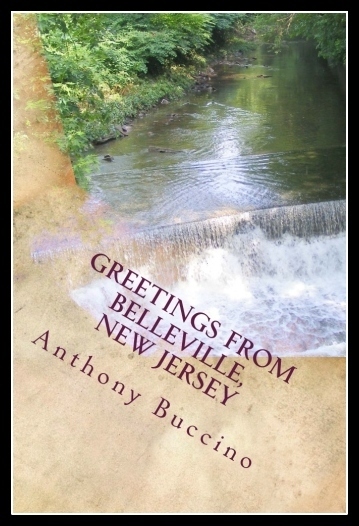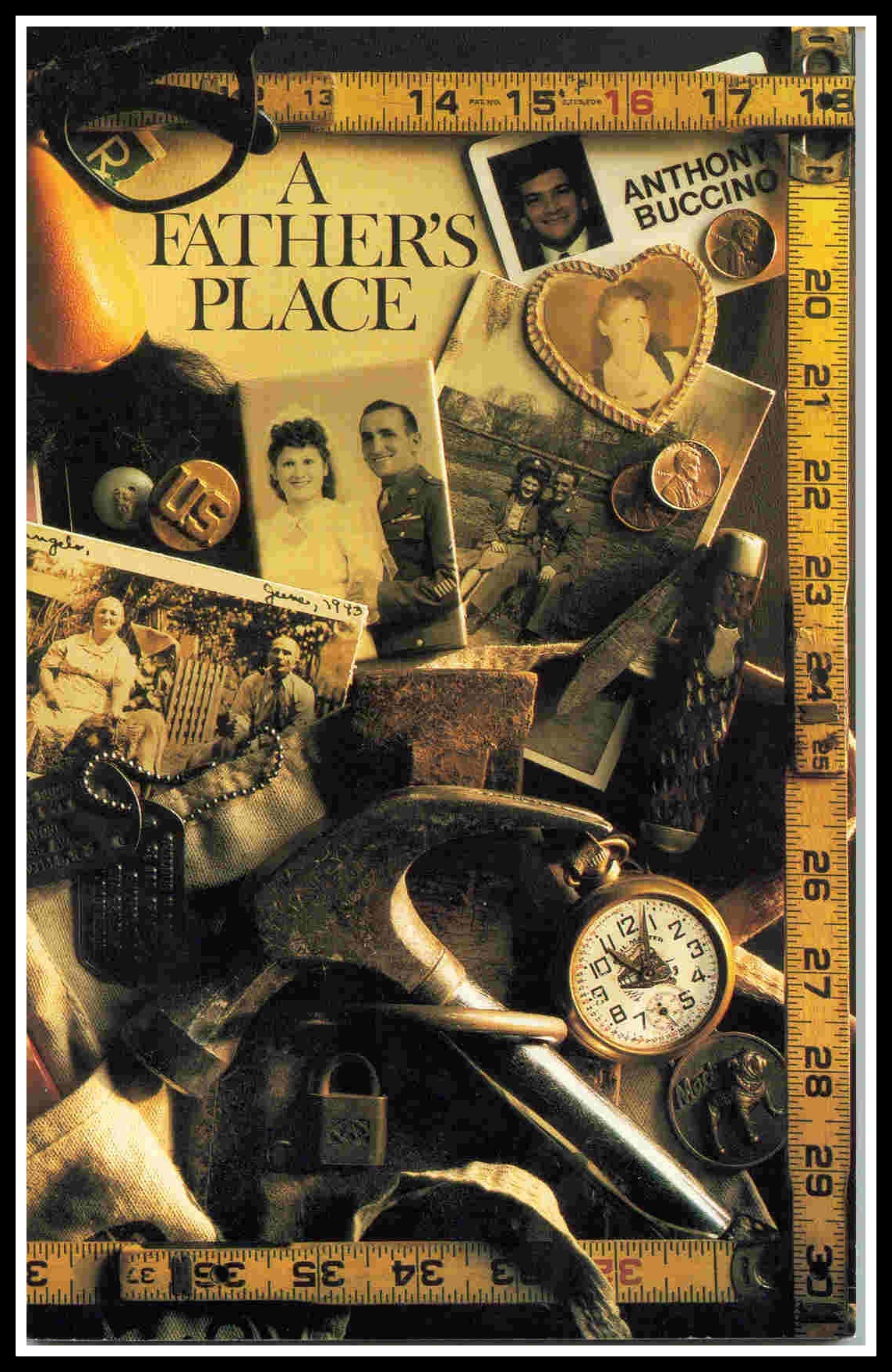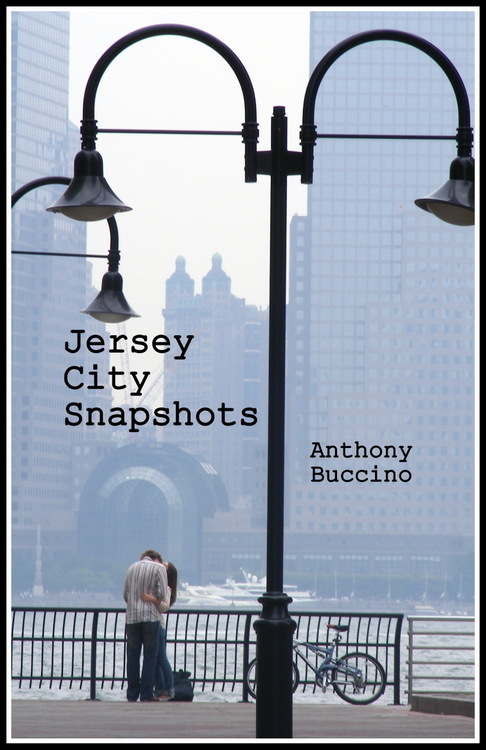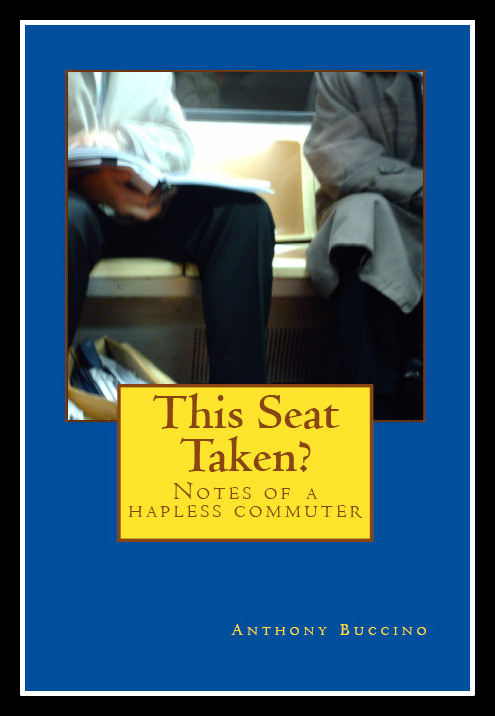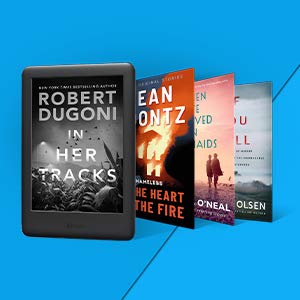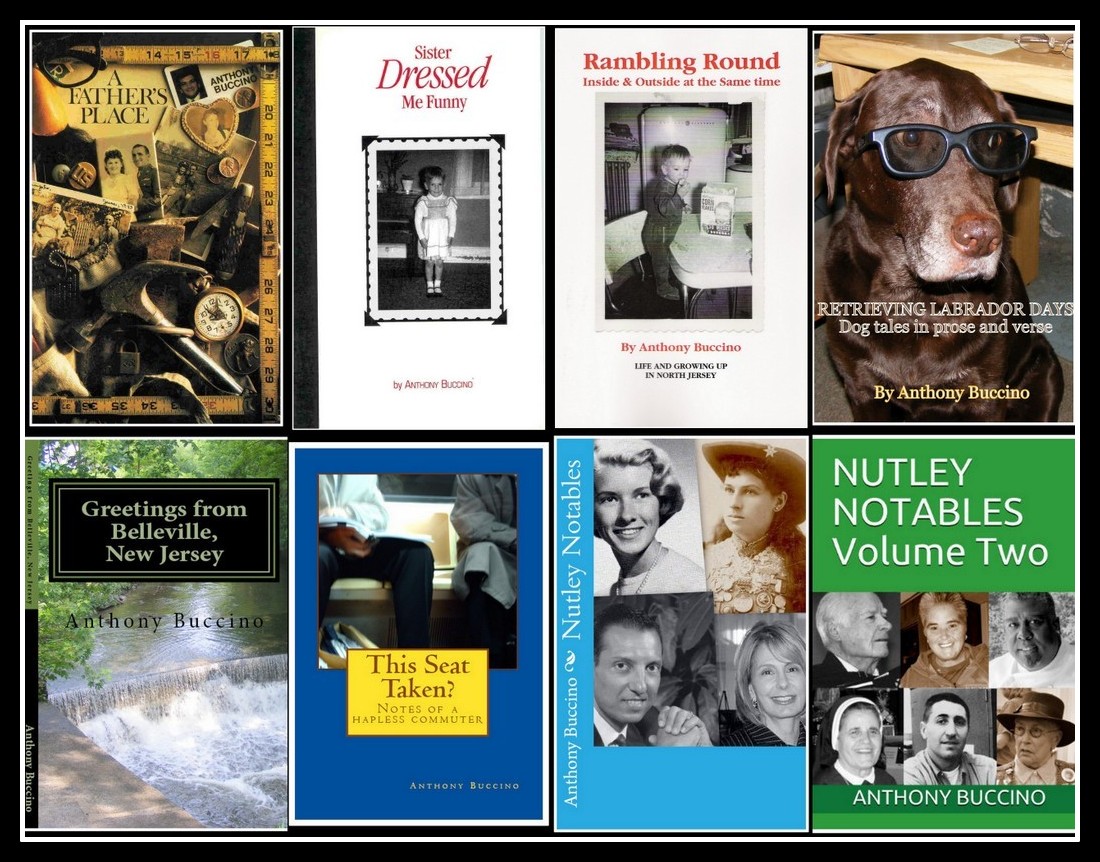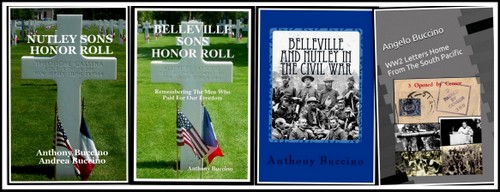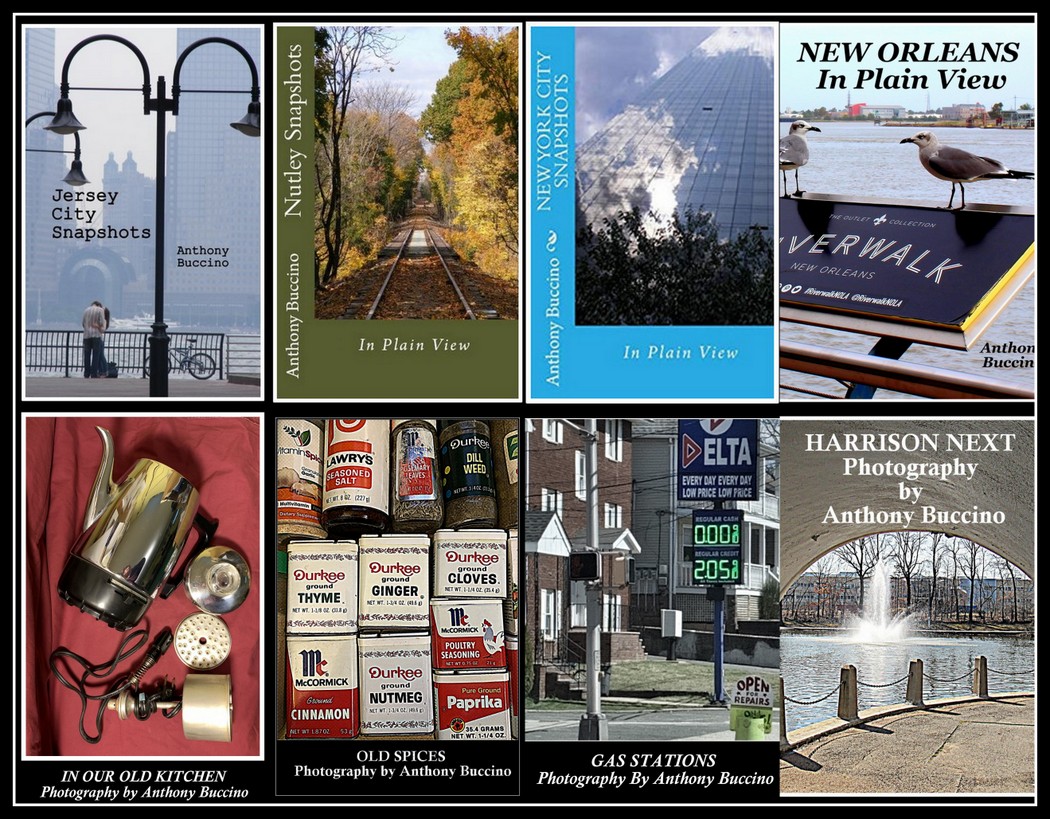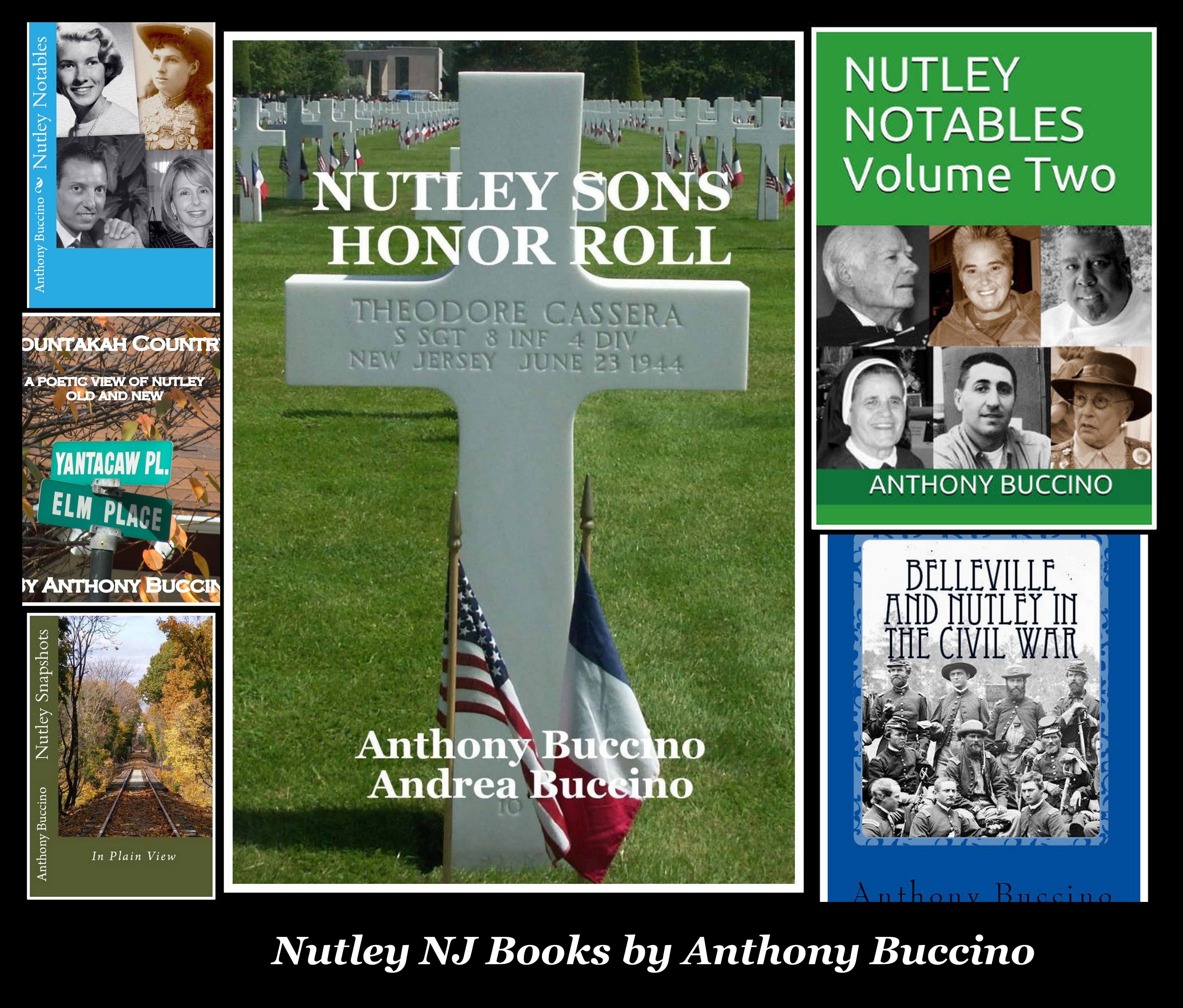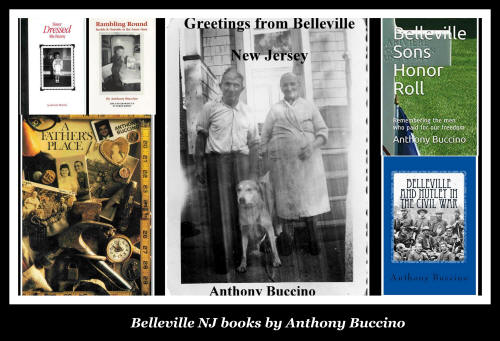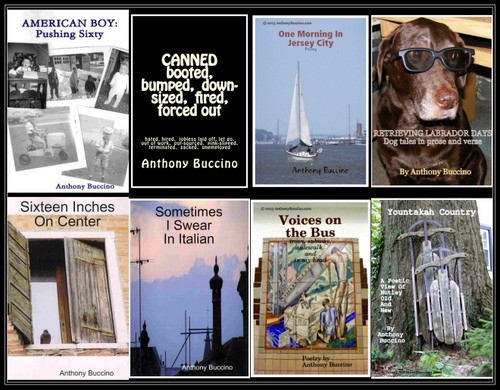|
September 11, a small part of a large story. Ten years later By Anthony Buccino |
|
|
My desk on the
Dow
Jones Enterprise Desk (aka The Ticker) was at the opposite side of the floor from
that amazing view. We had a late afternoon blinding sun glare, and a
view of good old
Jersey City in the mid-distance, a sweep of new buildings and
vacant lots in the foreground and if you looked as far as you could
see, on a clear day, to the southwest you could catch a glimpse of
planes heading into and out of
Newark Airport. Being so ingrained to driving to work, I
drove my minivan, with more than 120,000 miles on it, from
Nutley,
through
Lyndhurst,
Kearny,
Belleville and along the
Belleville Turnpike to the
Wittpenn
Bridge into Jersey City. The 12-mile one way mile trip rounded
out to about 20 minutes to get the eight miles to Jersey City and
another 20 minutes to cross the four miles of city to my parking lot
near the river’s edge. Within a year, I discovered public
transportation. I could
drive to the
nearby bus stop, take the
NJ Transit 74
bus to the
Newark City Subway station at
Branch Brook Park, then ride that to
Penn
Station in Newark. I’d zip up a few flights of stairs and catch
the World Trade Center
PATH car to
Exchange Place, walk across the street and I was at work. The
bonus was that public transportation cost less than parking and gas,
not to mention the mostly beneficial drop in road rage driving
across the city during rush hours. My desk at my new job in 1999 was the last
one next to a wall. On my right, on the other side of a four-foot
around concrete pillar, sat Margo. She never left her desk – not for
coffee, or tea, or a simple stretch walk - without taking her
important things with her. Margo explained that before she worked on
this side of the Hudson River, she worked at the
Journal of Commerce in an office in the World Trade Center. She
often took the ferry to the Jersey City side just to see how things
were developing from
Brownfields
to office complexes.
In 1993, Margo and a friend were out of the office when a truck
bomb exploded in the parking garage. She found herself stranded
without much more than a wallet. By summer of 2000, I was assigned to the Dow
Jones/Associated
Press Newspaper Desk, and now sat one row from where I had sat,
and a tad closer to the west-facing windows. Instead of arriving at
my desk and then disappearing to get coffee-and, I started to stop
on my way to the desk and sometimes arrived a tad before or after my
9 A.M. start. My group leader, whose shift started before mine,
pointed out the day begins at nine on this desk. So, I thought I’d show him, I started
shooting for the earlier bus (if it showed up at all) and sometimes
be at my desk drinking my coffee a good half hour early. That gave
me time to read the paper and check my email before getting into the
nonstop flow of news, breaking news and more news.
Our office was configured in a U with my desk
at one tip, the techs at the other tip and the elevators at the
curve of the letter. About 200 editors and reports worked on each
half of the U. The desks and offices at the bottom of the U had this
incredible view of lower
Manhattan. If you leaned into the three-foot window sill, you
could see to the
Verrazano-Narrows Bridge to the south and the
George Washington Bridge to the north. You might have to crane a
bit, but that’s what you’d see if the windows opened and you could
stick your head out. In a corner at the edge of several rows news
desks we had a TV camera for
CNBC remotes.
Everyone knew that if the lights were on, we weren’t to walk between
the camera and the colleague with the microphone. Next to the huge
TV camera was a monitor and it was tuned in to a camera on the roof
of our building. Sometimes I’d stop and check on the harbor traffic,
watch the white wakes of the ferries on the river or the mouth of
the river when the camera pointed towards
Brooklyn. Just as
often it faced across the river. Straight across the Hudson River the World
Trade Center towers loomed over a cluster of other half-as-tall
buildings. Our step-sister office of the
Wall Street Journal
is in one of those nearby buildings. It’s one of the three buildings
with a green crown but I could never get straight which one. I
cross-trained there mid-August, just a month earlier, turning out my first
Wall Street Journal
byline in a story about
Jacqueline Leo
being named editor-in-chief of
Reader's Digest, it
was the second time I’d been through the WTC PATH station.
Looking through our tinted windows, to the left you could see the Empire State Building rise up to the left of Greenwich Village. In the foreground you could see the twin towers, the north one with the TV transmission tower and the south tower without. It made it easy to spot the photo angle when we came across the towers in a book or movie. If the TV tower was on the right, the shot was from Brooklyn.
My morning commute was
typical. We chatted with a few people we knew, took an inventory of
the usual riders who sat in their usual seats facing their usual
newspapers, magazines, or books as some women finished putting on
makeup, some folks slept, others stared out the window at the
passing park. In nearly a year of commuting the same route
at the same time, perhaps I didn’t get to know that many other
passengers who were standing and riding there as often as myself.
I knew Phyllis M. from Nutley. It turned
out she went through school with my cousin Bob F. a year
ahead of me. And John V. I met on the bus. He used to talk to
Phyllis, so we got to know each other. He lived in New York before
moving to Belleville. For the most part, the other commuters were
filled out from
Central
Casting for the crowd scenes. I remember one guy who got on at the next
Nutley stop after mine, before Phyllis boarded. He was very quiet,
he carried a thick briefcase, usually on his lap as soon as he sat
down, like he was trying to take up as little space for himself as
possible. He never said anything, as far as I knew, and always
seemed so intense, concentrating on the day ahead of him. He was
just another commuter on his way to work somewhere at the end of
this ride. A typical day in Jersey City might include a
walk at lunch time. You could make it from Exchange Place to Grove
Street in about ten minutes, and that’s where a lot of varied food
places awaited. Plus there were the usual three fast-food places,
McDonald’s,
Burger King
and Wendy’s. I
didn’t know too many people who could eat that fast food and still
put in an afternoon of work.
I know I never did. Harborside and Exchange Place had the big new
office buildings, and it was a kind of no-man’s land when you walked
from there to
Grove Street which was always bustling with people and a
somewhat more mixed clientele than on the riverside. If you wanted to spend your time a little
closer to Harborside, there’s the
Flamingo
Restaurant and Bar, open 24/7. I usually brown-bagged it, ate at
my desk and spent my lunch hour along the riverside, or standing
around on Van Grundy Pier
watching the Circle Line ships crisscross on the water during my
lunch hour. Sometimes I brought in my 35mm
Olympus
OM-1 and
took photos
of the buildings across the river, or wandered a few blocks into
Jersey City and took random shots at whatever caught my eye.
The eastside of Harborside ended at water’s
edge. The first floor lobby offered an over height view of the
skyline. The doors in the lobby, if they opened, would allow you to
step into the drink. From the first floor lobby, to the left was a
nearly abandoned concrete pier. An auxiliary exit led to a smokers’
area. At the right, a similar pier that had been used for parking on
my arrival in 1999, was now taking the shape of a
Hyatt Hotel.
That day, I was settled in at my desk. Before
my workday started there was a lot of sudden action at the opposite
end of our floor where the desks and the windows had a clear view of
lower Manhattan. Everyone was rushing to the windows, and the rest
of us were asking, “What’s going on?” By the time I got to the window, we could see
smoke from the North Tower. We all thought it was a terrible
accident. I debated whether or not to go back to my desk, or slip
downstairs to the
CVS and pick
up a throwaway camera. While waiting to pay for my camera, someone
came in and said another plane hit the South Tower. I slipped out of
line and grabbed two more disposable cameras. Instead of going
upstairs, I walked out to Van Grundy Park, basically a pier that
juts into the Hudson River with an uninterrupted view of lower
Manhattan. The cops were already turning people away. I
lifted one of the cameras over my head and took a few pictures over
the crowd. People were just standing there staring across the water.
No one knew what was going on. Inside the lobby, I shot a few more pictures
from ground level. Heading up the elevator I was thinking our news
people would know what’s going on. From the elevator I worked my way
over to the window and took a few more photos. I was sure my
colleagues were waiting for me to get back to work. Back at my desk, I repeated what I’d heard
and seen. Then I sent an email to my wife at Belleville Middle
School, and my daughter at
University of Bridgeport in
Bridgeport, Conn. Still, no one knew what was going on. We
seemed to be going through the motions of starting our ordinary day
of ordinary news, with that breaking story right outside our window.
I finally started to do some kind of work
when colleague Paul Vigna, a few desks away, started yelling, “Oh,
my God! Oh, my God!” The first building, the South Tower folded
up. We were staring at the TV monitors for news. About a minute
later, someone started shouting, “Get out!” with hands held high
waving us out the doors. My colleague Sharon C., who sat two rows
further from the door at my back, pushed open the fire door setting
off the alarm. She was the first one down the stairs and I was right
behind, carrying my backpack, cameras, but leaving my coffees
sitting there next to my bagel, and my computer running at full
speed. Sharon and I rushed down eight flights of
stairs and when we got to the bottom, Sharon mistakenly headed for
an interior door when I got her attention and pushed open the door
to daylight. We crossed Hudson Street away from the building to a
parking lot as the rest of the building streamed out behind us.
Our fire drills up to that point had been:
stand around fire door, half-listen to lecture from insurance/fire
officer, then go back to your seats. Drill attendance was mandatory
but some people never left their desks to abandon news and
headlines. Outside in the parking lot we milled around.
Anyone who drove into work hopped in their cars and peeled out.
My co-worker, Candace C., asked me, “What do
we do now?” I had no idea. And, neither did the other
hundreds of people standing around. It was soon clear that security
wasn’t about to let anyone back into the building.
Harborside was
shielding us from the view of the towers’ smoke plumes.
On such a beautiful sunny morning you’d
expect to have a picnic, but there was no food, and, now, thousands
of people needed to figure out how to get home and stood wondering
if they’d ever get home. At mid-morning we still had little idea of
what was happening. Once the cars had cleared out from the
parking lot, we only saw emergency vehicles rushing back and forth
on the main avenues. The rest was silence except for the murmur of
the crowd. I walked to
Avalon Cove
pier on the other side of Second Street and milled with disbelieving
strangers. I tried to get a clear view for a photo. I mingled among colleagues and strangers on
my way back to Hudson Street alongside Harborside. I was talking
with colleague Ed Klein and we were watching the North Tower burning
when it dropped before our eyes. I took a couple of pictures of the
plume. Ed lived in Avalon Cove and invited me to
join him there. Other colleagues who lived in Jersey City opened
their homes, too. I told Ed I’d rather try to get home and was
heading to Pavonia to see if the PATH trains might be running there.
The scene was the same at
Pavonia/Newport as all those buildings had emptied and no one
had anyway to get anywhere. The hot dog vendor had a boom box and a
lot of people were trying to get the news. The PATH trains were not
running. Everything was closed. You couldn’t get a cup of coffee at
Starbucks, or a sandwich at the deli or a slice of pizza for love or
money. It was just as well that you couldn’t eat,
after all, with the buildings locked there were no restroom
facilities. People sat along the dock at Pavonia and stared across
the river. If we weren’t witnessing such horror, you could almost
take the scene for lunch hour. Heading back to Harborside, I don’t know why,
it just seemed the thing to do, a woman asked me the way to the
Avalon shelter. I guessed that the housing complex had opened its
gym and meeting facilities, so, I pointed in that direction, along
the waterway. I followed along, my pace slowing from earlier. I
realized I had been wandering for hours. Four airplanes – two American Airlines and
two United Airlines - had been hijacked by terrorists and crashed,
two in New York City, one in Washington, D.C., and one in
Pennsylvania. Avalon Cove had opened their facilities to
the shell-shocked, displaced office workers and soot-faced
stragglers arriving from across the Hudson River on the ferries. The
wonderful people of Avalon Cove had Hawaiian Punch to drink, iced
tea, coffee and cookies. And a place to sit and watch the large
screen TV. And bathrooms. In the mirror I saw I was sunburned.
The residents were taking names and phone
numbers to call for people coming in so they could tell their
relatives they were okay and where they were. Cell phones were still
useless at this time but you’d still see people open them up to see
if there was a signal of any sort. Rested, I sought some way to get home. At
Harborside near where the ferries dock, there were rows of blue foam
boards in expectation of the need for triage for the massive numbers
of casualties that might be headed across the river. I met a photographer who said he lived at
Newark Avenue and Coles Street, didn’t get his name, who was trying
to get to
Liberty State Park. We walked along Hudson Street to Essex
Street and I brought him through at Sugar House. We walked to the
end of the park and watched the smoke plumes, they were the only
things moving in the sky.
We split up. I wanted to get home. I saw a
Nutley Volunteer Emergency and
Rescue Squad truck but I knew there was no way of knowing how
long it would be before they head back to town. The sky above New
Jersey was terribly still and we saw the fighter jets fly over.
There was a sense of not being alone in this. I ran into a police officer who pointed to an
intersection up the road saying NJ Transit buses were running to
Penn Station in Newark or
Hoboken.
I got there as fast as I could, got a seat heading to Newark and
yanked out my cellphone. A signal! First I called my mother in law, Nancy,
knowing she’d be home. She was. I told her I was okay and finally on
my way home, to Newark, anyway. She told me that my sister called
her from
Ashtabula, Ohio, to find out where it is that I actually worked.
I called my sister next and eased her mind. I worked in Jersey City,
not New York City. She was glad to hear that from me. The soot covered man next to me on the bus
was talking to someone on his phone. I heard him say he got on a
tugboat and came across to New Jersey. He said he’d figure out how
to get back to New York later but for now he was heading to Newark
Penn Station. It took that bus an hour to get from Jersey
City to Newark Penn Station. As we walked in anyone who had sooty
clothes were led away to be decontaminated. When I finished my
commute on the subway to the 74 bus to my car in
Norman Rockwell’s Nutley, I realized I hadn’t had but a cookie
and some Hawaiian Punch all day. I drove up to Centre Deli and ordered an
American bologna sandwich. Ronnie, the owner says, “Somebody’s got
to pay, Ant. Somebody’s got to pay for this.” He wasn’t talking about the sandwich.
The next day, September 12, my commute seemed
like something out of the
Twilight Zone.
The bus was mostly empty, the Newark City Subway cars virtually
deserted. The PATH cars, usually elbow to elbow with
everyone crammed in had barely a half-dozen riders per car. We
didn’t know where they would take us. We’d heard the Exchange Place
station was flooded. Perhaps we could get to Grove Street, or
Pavonia. Maybe the reports were wrong and we’d be delivered to
Exchange Place after all. Out our riverside windows we saw the
smoldering buildings. Now, we knew it was no accident as we thought
24 hours earlier. Adding to the ethereality, so many of our desks
were empty, and we had no idea how any of our workers got home to
New York, Queens
and Brooklyn or if they’d make it back in time for their shifts.
But our work was to be done. The first story
I read to edit, I had to call the reporter to confirm. He had been
at an early meeting at the
Marriott and reported thundering noises. When I asked what he
was talking about, he said that was the sound of bodies landing on
the pavement near where he stood. Outside, on the poles started to spring up
sheets of paper with pictures and names, with tear-off phone
numbers. Have you seen my brother? My sister? My mother? My father?
The list of casualties included
three people from
Nutley and one from Belleville. I mentioned to Phyllis that we
didn’t know any of them, and she corrected me. “Anthony, you know
one. He was on the bus with you every morning when I boarded. He
always sat over there,” she pointed, “and sat with his briefcase on
his lap. You knew
Franco Lalama.” Yes, I remembered the quiet man. The
newspaper said he was an engineer with The Port Authority.
We didn’t know the other two Nutley victims,
Lt. Robert Cirri, a Port Authority
police officer, or
Dorota Kopiczko, a USA consultant at Marsh & McLennan Cos. Inc.
And, as far as we could tell, we didn’t know the Belleville victim,
Antoinette Duger. The PATH station in the World Trade Center
was gone, the Exchange Place station was flooded, and we got
complimentary shuttle buses to Pavonia Newport at rush hour. A lot
of times over the next few years it was easier to walk to Grove
Street than to rumble with rude passengers who would not move back a
little more to let on a few more riders. Oh, Lord, give us the
patience to endure one another’s foils.
Two young men, new hires, joked in our
evacuation drill about how they’d tear down the stairs. They thought
the drill was funny as we queued and stepped down eight flights and
met – all 400 of us at our spot behind the fence in the parking lot,
while behind us others checked the closets and the restroom stalls
for stragglers. These two new hires said to each other, if it
had been a real emergency, they’d be like that character in the
Seinfield
show and knock the old and infirm out of the way until they were
safely outside. But these two guys don’t know when the towers were
twice as high as the skyline, and then they weren’t. On this side of
the river, we all got out okay. Until two years ago when
my company
moved to the
Times Square
section of New York City, I would go out on the riverside, sometimes
near the Jersey City memorial, but not always. And I’d see people at
the railing, staring across the water at the view of lower
Manhattan. I couldn’t blame them for looking, it’s always been a
breath-taking view, but I know that many of the strangers who visit
here, like me, are staring at the shadow of things that used to be.
We all see what used to be, there, across the
river. Every sunny September we remember that day with blue lights,
ceremonies and prayers. Some may say it’s sacrilegious to carry on
this way, and others say it’s sacrilegious not to. Anthony Buccino worked at Dow Jones & Company in Harborside, Jersey City from 1999 to 2009, when the office was relocated to NYC. © 2011 by Anthony Buccino NJ Voices: A small part of a large story An Un-Ordinary Day: Sept. 11, 2001 by Anthony Buccino |
ANTHONY'S WORLDAnthony Buccino Essays, photography, military history, moreNew Jersey author Anthony Buccino's stories of the 1960s, transit coverage and other writings earned four Society of Professional Journalists Excellence in Journalism awards. Permissions & other snail mail: PO Box 110252 Nutley NJ 07110 Follow Anthony Buccino resqme Emergency Keychain Car Escape Tool, 2-in-1 Seatbelt Cutter and Window Breaker Lifehammer Safety Hammer - Emergency Escape and Rescue Tool with Seatbelt Cutter
Shop Amazon Most Wished For Items
Support this site when you buy through our Amazon link. |
A Father's Place - An Eclectic Collection
Rambling Round - Inside and Outside
at the Same Time
Retrieving Labrador Days dog tales in
prose and verse
Greetings From Belleville, New Jersey collected writingsThis Seat Taken? Notes of a Hapless Commuter Nutley Notables, Volume OneBelleville and Nutley in the Civil War
Belleville Sons Honor Roll -
Remembering the Men Who Paid for Our Freedom Nutley Sons Honor Roll - Remembering the Men Who Paid for Our Freedom WW2 Letters Home From The South Pacific |
|
 In 1999, despite all expectations I was hired
to work in a full-time job on the eighth floor of
In 1999, despite all expectations I was hired
to work in a full-time job on the eighth floor of



